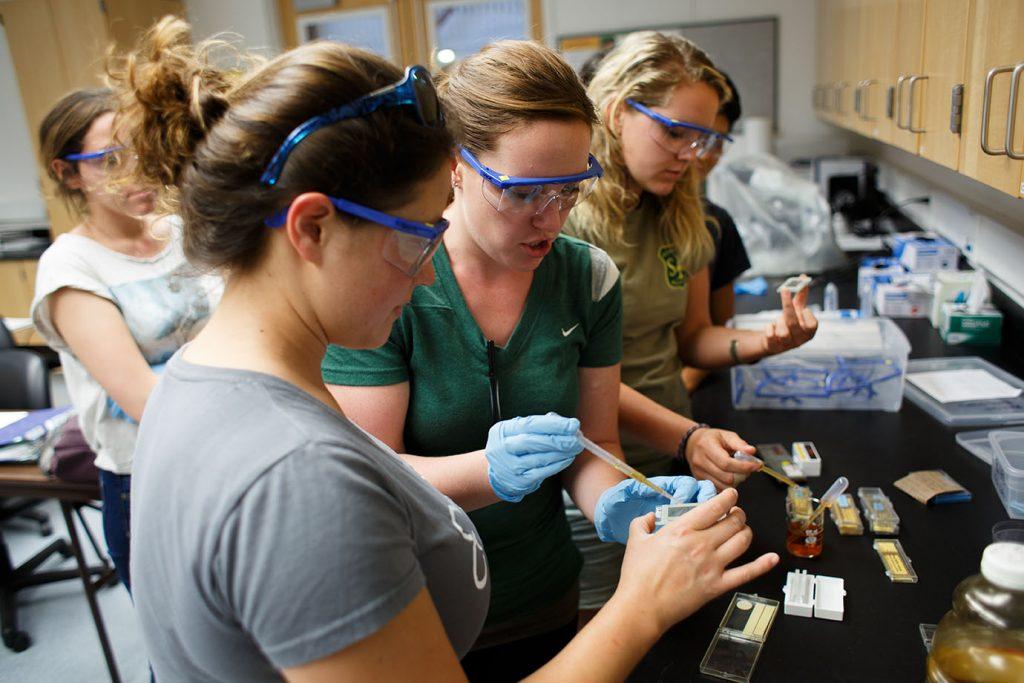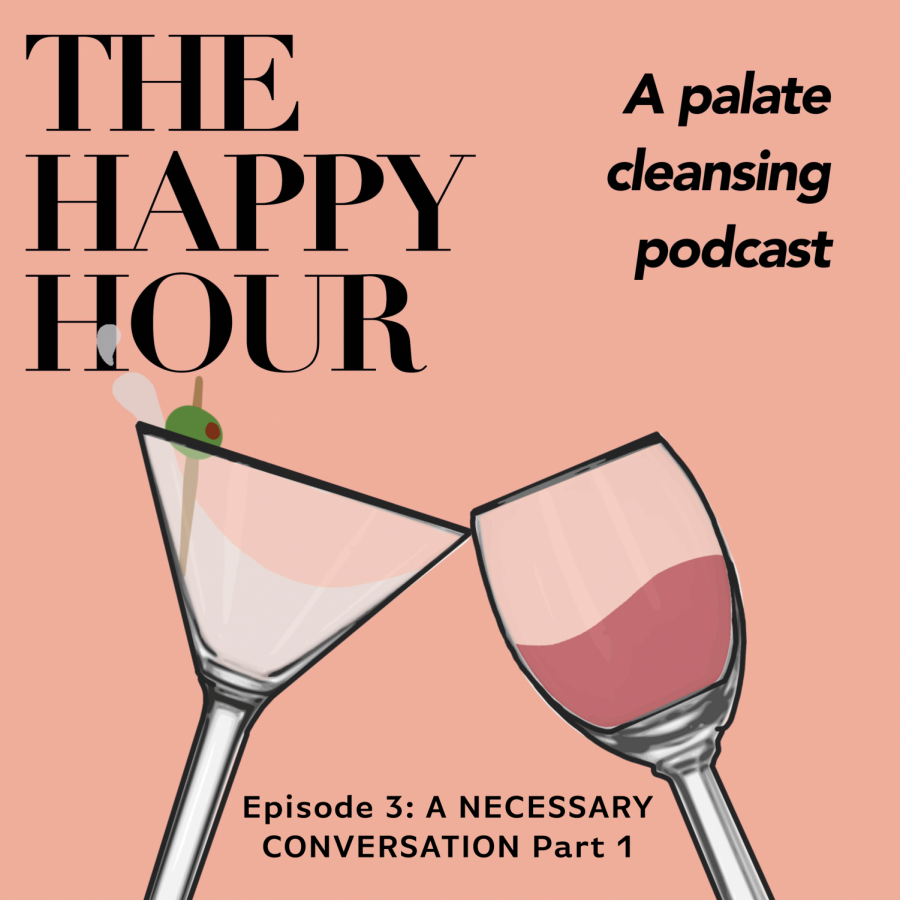[slideshow_deploy id=’69067′]
On a bright afternoon with a clear view of the Golden Gate Bridge, students traversed rocks looking for crabs, seaweed and other ocean life. The field trip to tide pools along the jetty at the San Francisco Marina Monday, Oct. 26 was a hands-on learning experience for SF State professor Dr. Edward Carpenter’s Biological Oceanography class.
“I think it’s exciting,” Carpenter said. “Seeing something with their own eyes and touching, it’s a thousand times better than reading about it in a book. They really get excited about it.”
The class also took a trip to the Hog Island Oyster Farm Sept. 30 to learn how oysters are grown and how researchers use their facility to measure ocean acidification.
Morgan Kelley, a student in the class, said she enjoys getting out of the classroom and going on field trips.
“They’re great,” she said. “I think without them the class would be just a ton of material and not really getting out much. So I think it makes the class. I wish that more professors did field trips, like all the time.”
The Biological Oceanography class is one of many courses held at the Romberg Tiburon Center, SF State’s off-campus marine biology center in Tiburon. The facility is on a 46-acre parcel of land, which was formerly used by the Navy as a coaling station and later as a manufacturing site for anti-torpedo and anti-submarine nets to be used at Navy bases along the West Coast and in the Pacific. It was active from World War II through the Korean War until 1958 when it ceased production.
In 1977, SF State proposed building a marine laboratory to focus on studying the San Francisco Bay. It was finished in 1978 and gets its name from the University president at the time, Paul F. Romberg.
Today, the RTC provides many classes and research projects devoted to the study of marine and coastal environments, according to their website.
“In my opinion, I try to make it – and my wife laughs at me when I say this – the best biological oceanography course in the country,” Carpenter said. “I think I have a damn good course. I don’t know anyone who has a better one.”







